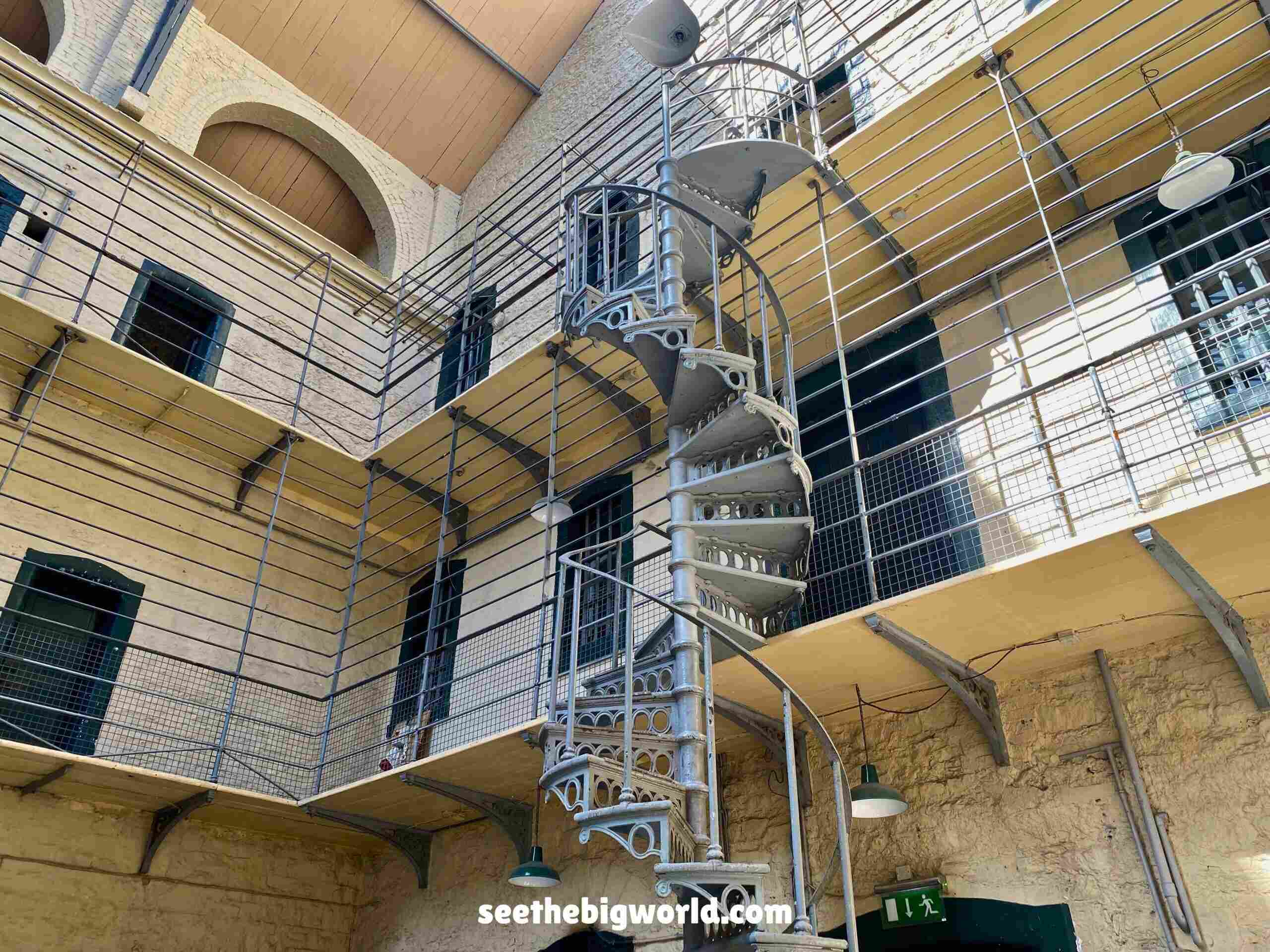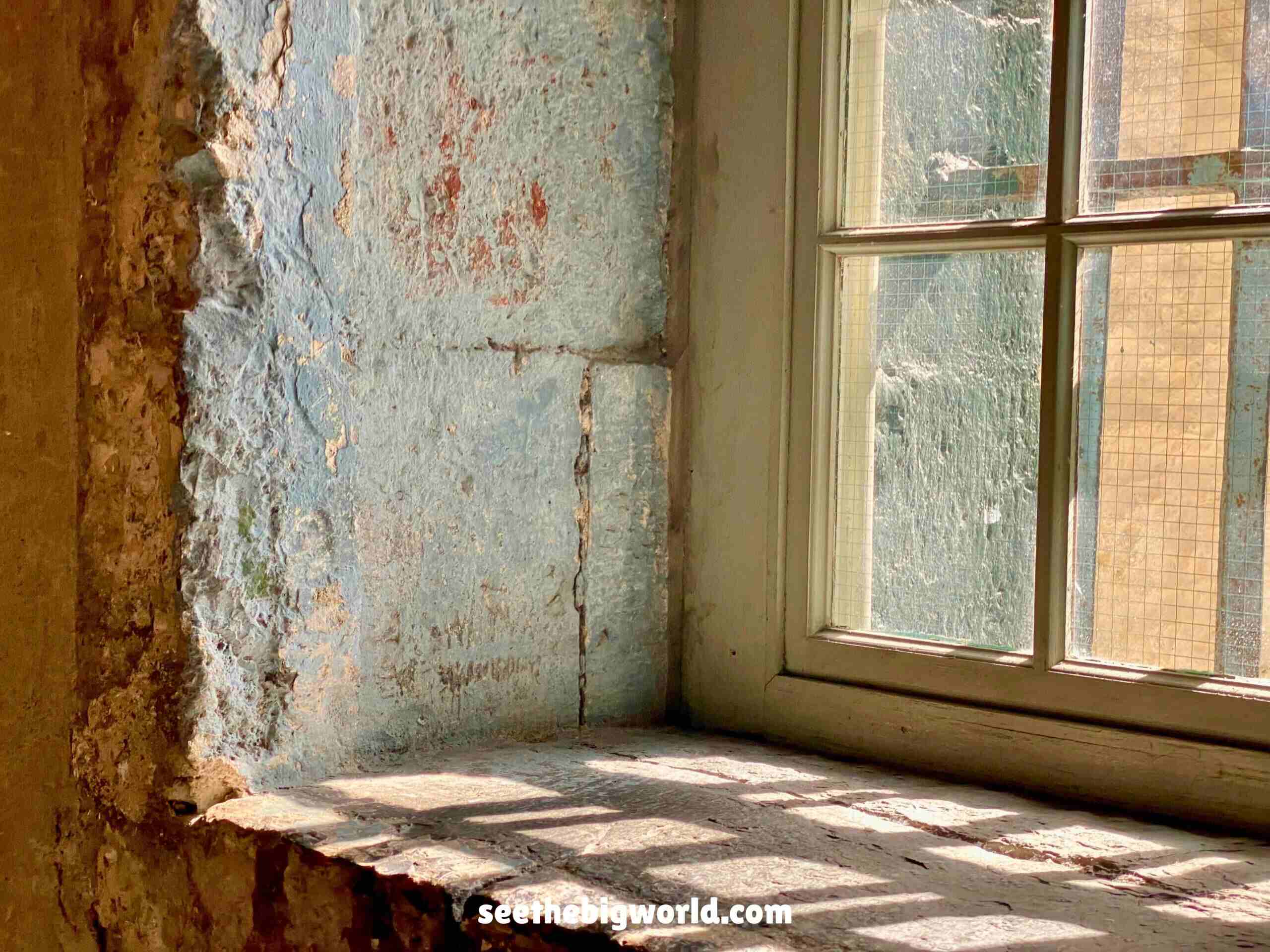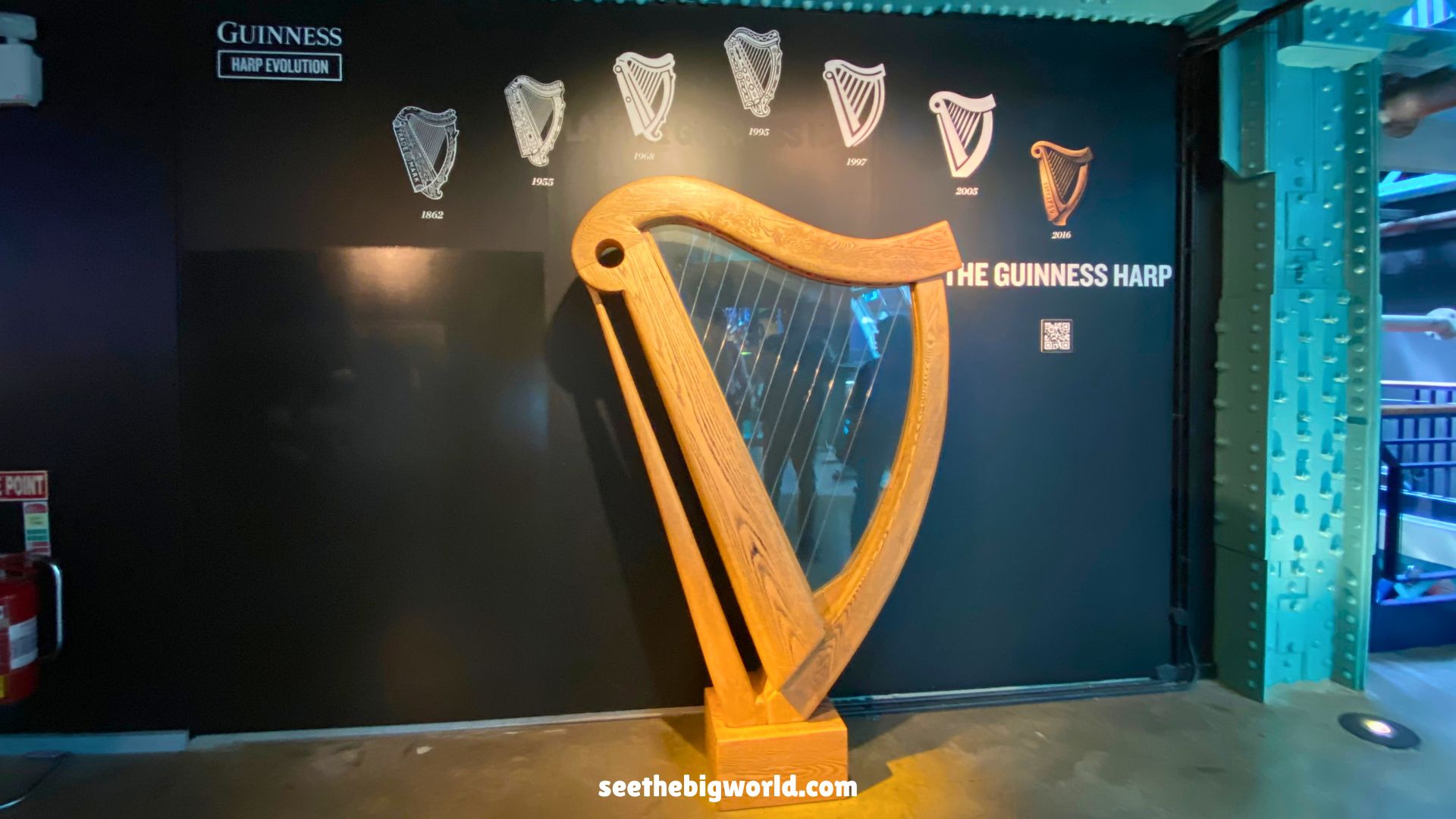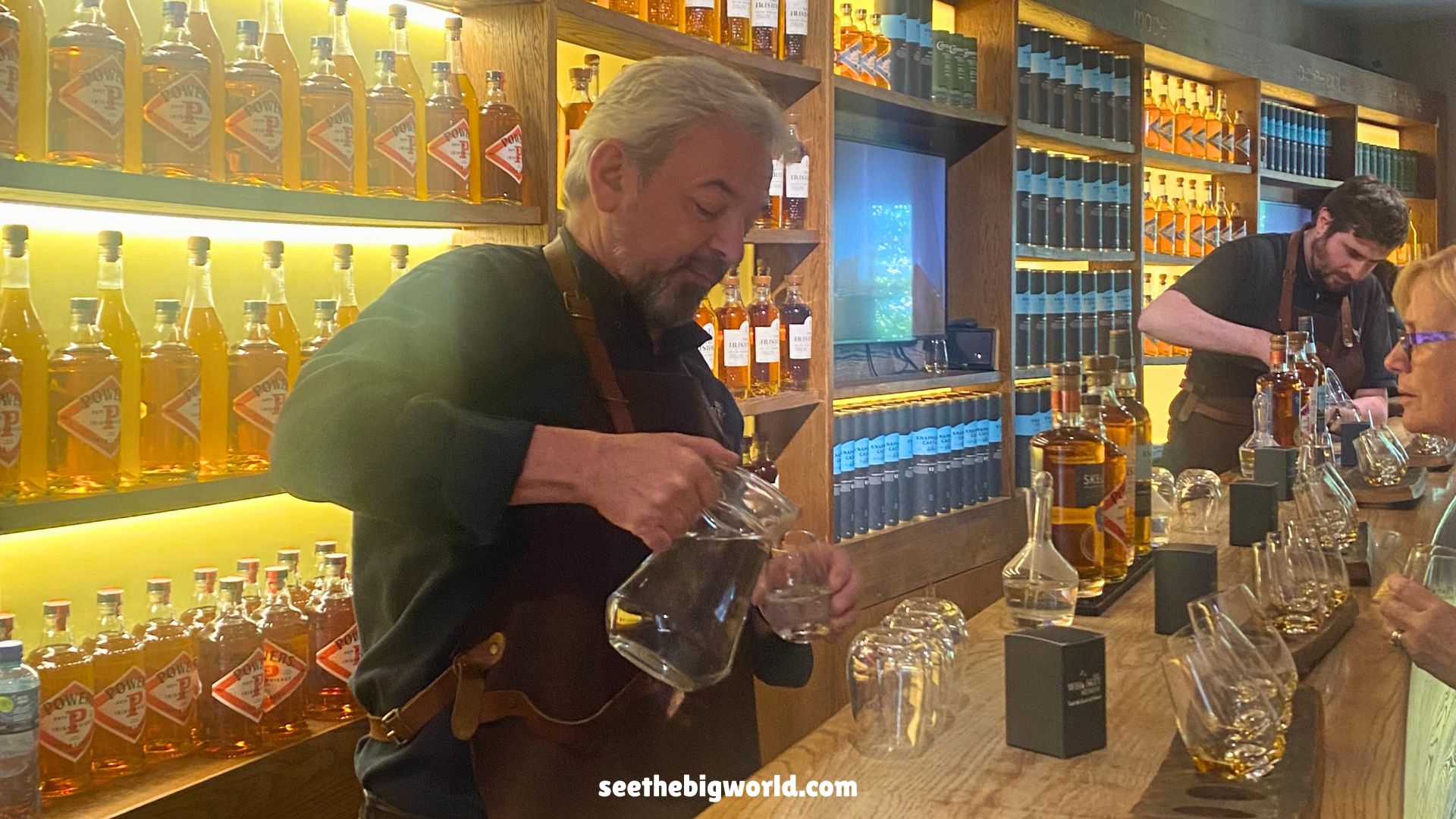Updated on 25/11/2025 | Published on 01/06/2025
Looking for something deeper and more meaningful than typical sightseeing during your trip to Dublin? Kilmainham Gaol might not be a popular Instagram spot, but it’s one of the most powerful places to understand the soul of Irish history. Once home to many key figures of the Irish independence movement, this former prison is a crucial starting point for exploring Anglo-Irish history and identity. If you’re interested in history, politics, or national identity, this site is well worth half a day of your time.
Read Before Your Trip
Ireland Content:Dublin Guide|Trinity College Book of Kells|Guinness Storehouse|Irish Whiskey Museum|Kilmainham Gaol|Howth
Passes:Dublin Pass|Book of Kells + Dublin Castle guided tour|Day trip from Dublin to Northern Ireland
Guinness Storehouse:Get Your Guide|KLOOK
Irish Whiskey Museum:Get Your Guide|KLOOK
Kilmainham Gaol:the official Kilmainham Gaol website
What is Kilmainham Gaol?
Kilmainham Gaol is a former prison built in 1796 and in use until 1924. It became infamous for holding Irish revolutionaries, especially those involved in the 1916 Easter Rising—many of whom were executed right here.
This is not just a historical building, but a space that bears witness to colonial rule and the fight for freedom. Walking through the cells and corridors, you can almost feel the weight of that turbulent era.
All visits are by guided tour only—self-guided entry is not allowed. The tour covers the prison’s architecture, historical figures, and political background. Even if you’re not well-versed in Irish history, you’ll find something that resonates.
Is Kilmainham Gaol Worth Visiting?
If you’re not just here to “see the sights” but want to understand the story behind the city, Kilmainham Gaol is absolutely worth including in your itinerary. It’s not a place for rushed tourism—it’s a space where history becomes tangible.
The guided tour is informative but accessible, and the atmosphere of the site makes it all the more impactful. You’ll see the cells of political prisoners, the yard where executions took place, and hear the stories of those who shaped the nation’s fate.
The prison has also been featured in several films, including Michael Collins, In the Name of the Father, and Paddington 2, so film buffs may find some scenes surprisingly familiar.
Recommended for Travellers Who:
- Are interested in history and culture
- Want to learn about the political relationship between Ireland and the UK
- Enjoy quieter, more thoughtful itineraries
How to Get to Kilmainham Gaol
Kilmainham Gaol is located about 3 km southwest of Dublin city centre. Here’s how to get there:
- Address:Inchicore Rd, Kilmainham, Dublin 8, D08 RK28, Ireland
- Buses:Take Dublin Bus routes 69, 79, or G1 and get off at the Kilmainham Gaol stop
- Uber:Around €15–20 from the city centre
The area around the prison is not a tourist district, so it’s best to visit in the morning. Afterwards, you can stop by the Irish Museum of Modern Art (IMMA) or relax in a nearby park.
Opening Hours & Tickets
Kilmainham Gaol can only be visited by joining a guided tour—there is no free access. Tickets must be booked in advance on the official Kilmainham Gaol website , and tours often sell out on weekends and during peak season.
Opening Hours:
- Daily from 09:30 to 17:30 (last entry around 16:15)
- Open year-round (closed for Christmas holidays)
Highlights of the Tour
The guided route through Kilmainham Gaol includes several key locations. While filming is not allowed, photography is permitted.
Victorian Wing (East Wing)
This is the most iconic part of the prison—symmetrical design, towering walls, and iron railings create a dramatic visual setting. Despite the austere space, the lighting and structure are surprisingly photogenic. It’s a favourite for film productions.

Political Prisoners’ Cells & Execution Yard
You’ll be guided through the actual cells where independence leaders were imprisoned, ending at the courtyard where the 1916 executions took place. It’s a heavy but deeply moving experience.

Museum Exhibition
The museum displays prisoners’ letters, personal items, and historical records—offering a deeper understanding of what the tour may only briefly touch on.
Movie Location Feel
Some spaces may feel oddly familiar—Michael Collins, In the Name of the Father, and Paddington 2 were all filmed here.

A History That Must Be Remembered
During my trip to Ireland, almost every local guide who learned I was from Hong Kong said the same phrase: “Every country has some story with the UK.” It was said casually, but carried weight.
For me, the tangled history between Britain and Ireland—of culture, sovereignty, and struggle—felt strangely familiar. But not because of the UK itself, rather because of another story entirely.
Kilmainham Gaol, to me, was more than a historical prison. It felt like a mirror—reminding us that even if certain histories aren’t ours, we may still feel a deep emotional connection.
If you’re tired of ticking off tourist attractions, spend a morning at Kilmainham Gaol. It’s not just an entry point to understanding Irish history—it’s a powerful space to reflect on what “freedom” and “identity” really mean.










